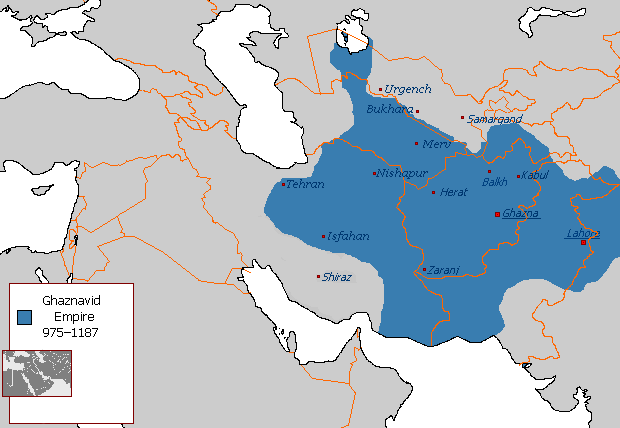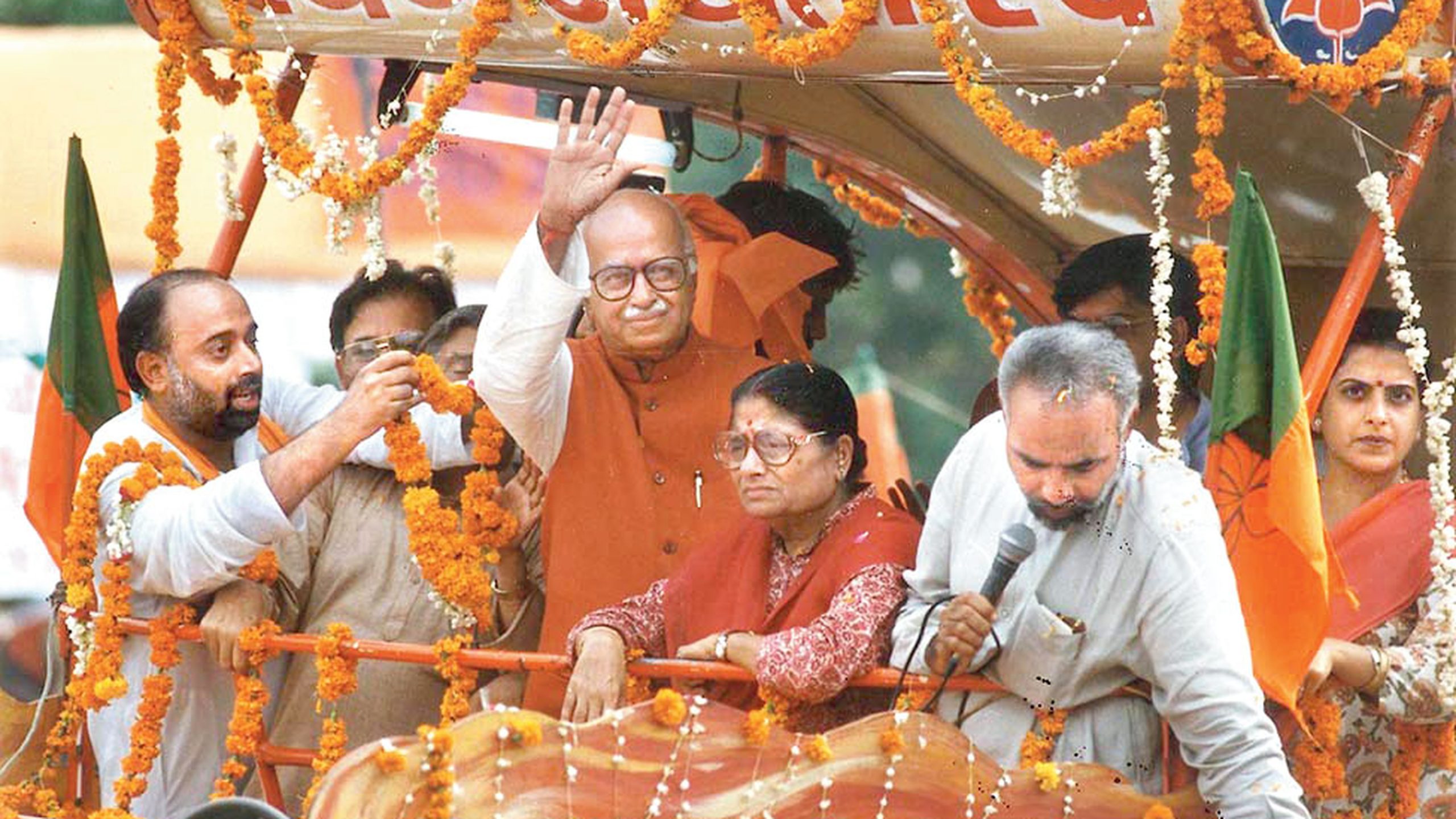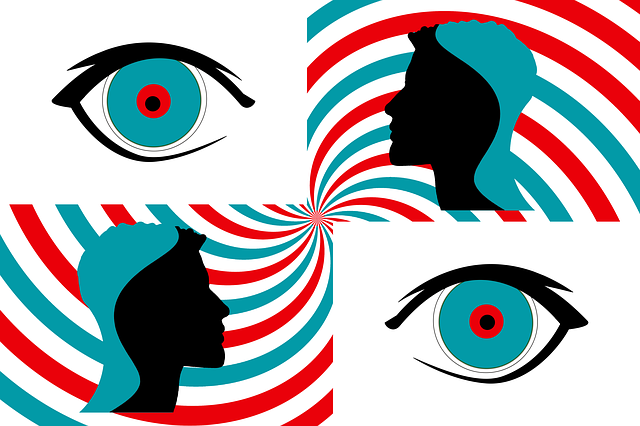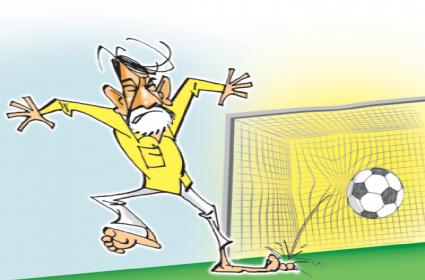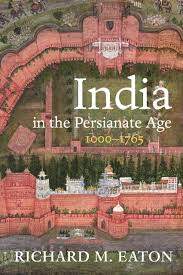 Decided to start reading India in the Persianate Age: 1000–1765. It’s a fast and easy read (and, it’s an affordable book for a nonspecialist like me who only spends $100 or more on genetics texts). I jumped ahead in a few passages, which seem to be adaptations from papers I’ve read from the author before.
Decided to start reading India in the Persianate Age: 1000–1765. It’s a fast and easy read (and, it’s an affordable book for a nonspecialist like me who only spends $100 or more on genetics texts). I jumped ahead in a few passages, which seem to be adaptations from papers I’ve read from the author before.
In relation to discussions on this weblog and comments I’ve made:
1) The author describes islands and pockets of wholly Muslim peasants in eastern Bengal observed by the Mughals in the 16th century. These Mughals indicate that these people are not truly Hindu or Muslim, at least initially. This is line the common thesis that Islamicization is a function of the weak to nonexistent integration of these frontier peasants into Indian culture. Mughal observers also note the physical appearance of these people: small, dark-skinned, and beardless. This seems entirely accurate (I cannot grow a beard!).
The author observes that tax receipts over several decades in Bengal exhibited a pattern that is suggestive of a massive population increase in the east and stability in the west. In fact, there were two-fold increases in the east at the same time that districts in the west declined by 10%.
The thesis by the author, which seems broadly creditable, though not proven, is that the transition to high-intensity rice agriculture in the plains of the eastern delta, and in particular east of the Padma, arrived after the Mughal expansion into the reason. As such, the transition to a “higher religion” occurred under Islam, and therefore these people became Muslim (at least nominally). The analogy that is obvious here would be the Christianization of the Montagnards and other Southeast Asian “hill people” during the colonial period, as they had been detached from Theravada Buddhist civilization.
2) The author deploys a similar model, with modifications, for western Punjab. The model here is that Jat who moved up from Sindh abandoned obligate pastoralism and engaged in agriculture, and fixated upon the tombs and shrines of Islamic eminences. Due to the emphasis on paternal lineage, the author observes that the Islamicization of names occurred quantitatively over 300 years, from the 15th to the 18th century (initiation to completion).
The main qualm I have with this model is this: the Jats/people of Punjab do not look to be from Sindh if modern Sindhis are representative of ancient Sindhis. In the language familiar to readers of this weblog Sindhis are enriched for “Iranian-related ancestry” vis-a-vis Punjabis, who are enriched for “steppe.” The Jats in particular are highly enriched for “steppe” ancestry. Going by genetics alone this model is difficult to accept, though as noted in this space it does seem that caste-like stratification has ancient roots in this region, and so that may serve as some explanation.
Note: The model in Bengal implies that Islamicization and Hinduicization occurred in East Bengal simultaneously. That is, most of the sponsors of agricultural reform and intensification happened to be Muslim, but some were Hindu, and in the case of Hindu sponsored developments the regions became Hindu. Further investigation though would be warranted for Bengali Brahmins in the eastern regions, who would then presumably be migrants from the western zone, because it is hard to credit animistic tribes needing the services of literate priestly elites.

